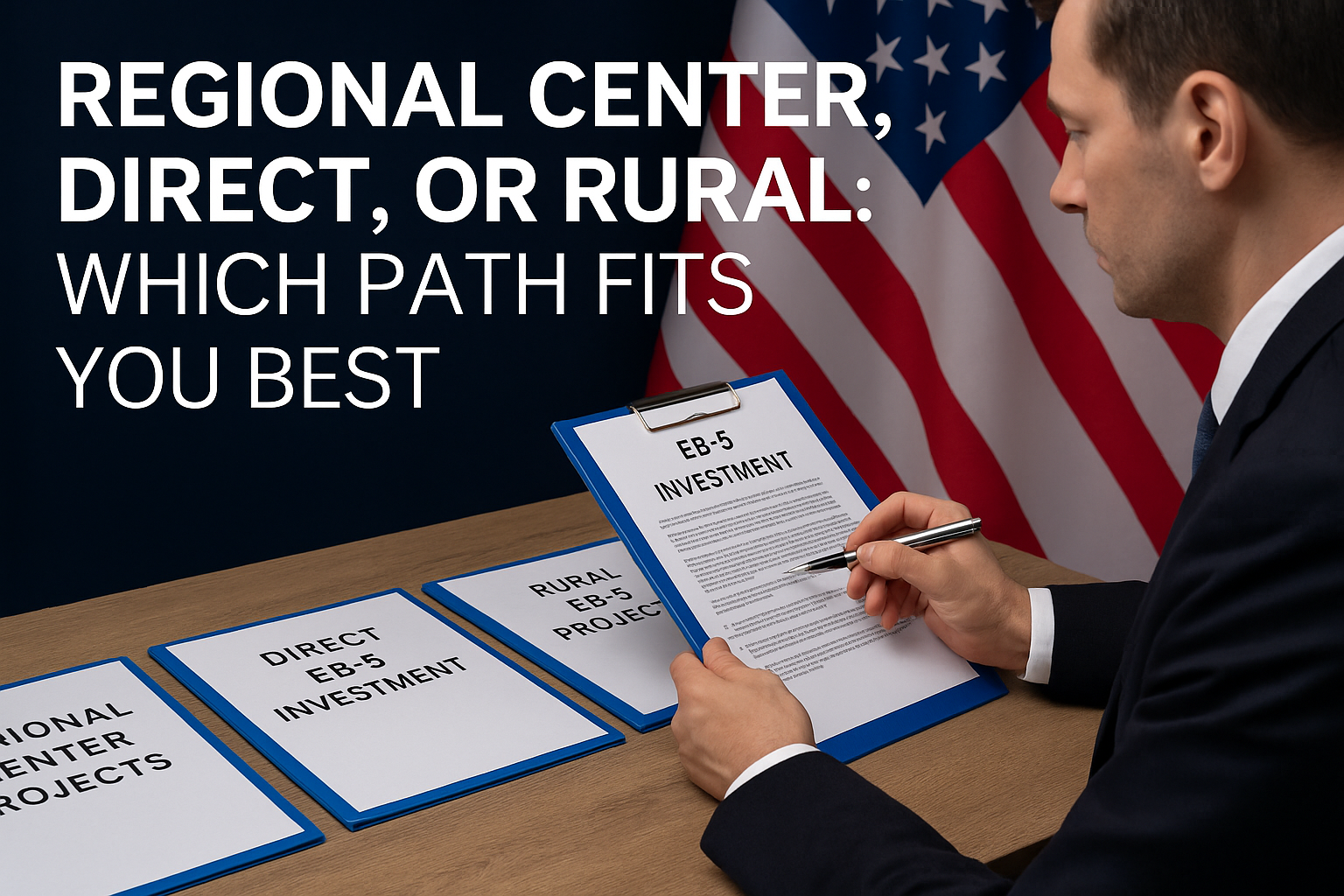Migration is a significant decision, a turning point that marks a fundamental change in a migrant’s life. It’s not just about crossing geographical borders; it’s a journey of overcoming cultural, social, and personal differences to build a new future. Each country’s migration program offers unique opportunities, but significant challenges come with them.
The Fundamental Drivers of Migration
According to a report by the International Organization for Migration (IOM), 70% of international migrants are of working age and seek job opportunities and economic development. In the context of globalization, migration is not only a financial or political necessity but also a journey to find opportunities, safety, and a better quality of life. For millions of people around the world, the dream of immigration does not stop at reaching a new land but also includes social integration and, ultimately, achieving official citizenship.

The Diverse Motivations Behind Migration
People migrate for various reasons, including economic, educational, family reunification, personal safety, or simply the desire for a better life. Developed countries such as Canada, Australia, the United States, and Europe have become ideal destinations for those seeking better career opportunities and a higher quality of life.
Residency and Citizenship by Investment
The global investment migration market was valued at approximately $21.4 billion in 2019, with over 110,000 passports and visas granted through various investment programs. Notable programs, such as the EB-5 in the United States, require a minimum investment ranging from $800,000 to $1,050,000. Meanwhile, Portugal’s Golden Visa program started with an investment of 250,000 EUR. Alternatively, individuals can obtain citizenship in as little as 6 to 8 months through Citizenship by Investment programs offered by tropical island nations in the Caribbean, located in the Western Hemisphere of the Atlantic Ocean.
The Journey of Migration: Overcoming Challenges
Adapting Culturally and Socially on the Migrant Journey
One of the biggest challenges for immigrants is adapting to a new cultural environment. Differences in customs, lifestyles, and social values can create barriers to communication and integration. However, openness, the ability to learn, and a proactive spirit in learning about the new culture are the keys to helping immigrants overcome this difficulty.
Language Barriers: A Key Challenge in Migration
Learning and using the local language is the most crucial challenge for immigrants who come to a country with a language different from their mother tongue. Language is a communication tool and key to helping immigrants integrate into the local community. By mastering new language, immigrants can better access educational opportunities and employment and develop social relationships. Language proficiency also helps them become more confident in building their careers and participating in community activities.
Economic Integration: A Milestone in the Migration Experience
Even with experience and qualifications, finding a job in a new country requires perseverance and the ability to adapt quickly. Many countries have recognized the importance of helping immigrants integrate into the labor market. They implement specialized vocational training programs, provide career counseling services, and develop flexible labor visa policies. These efforts help immigrants stabilize their lives and contribute positively to the host country’s economic development.
How Language Skills Shape Migrant Income
Immigrants fluent in the local language earn 15-20% more than those with limited proficiency. 85% of immigrants prioritize language learning within their first two years (by Nordic Council Ministers). Most countries allocate an average of 2,000 EUR per person for free language training programs.
The Role of the Immigrant Community
Building new relationships, connecting with locals, and maintaining a social life are essential in the integration process. Non-profit organizations, immigrant councils, and cultural and educational centers have become a solid foundation for the immigrant community. These organizations provide legal guidance and create friendly environments for immigrants to share experiences, support each other, and overcome the challenges of life in a foreign land together.
The Future Outlook of Global Migration
According to United Nations projections, by 2050:
- The number of international migrants could reach 405 million people.
- Large cities will have 35-40% of their population being immigrants and their children.
- The demand for highly skilled labor in developed countries will increase by 50%, creating significant opportunities for high-quality migration.
Becoming an official citizen is a personal achievement and part of global development. As governments and communities continue to improve integration policies, the world will witness a new wave of migration, where integration is both an obligation and an opportunity for innovation and sustainable development.
In today’s globalized world, the journey of migration remains key to economic and cultural progress. Stronger migration policies help immigrants contribute skills and resources. Better integration makes it easier for them to thrive and support development. Their cultural diversity also enriches local identities, fostering a more connected, open world.









